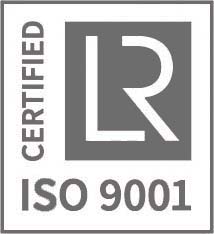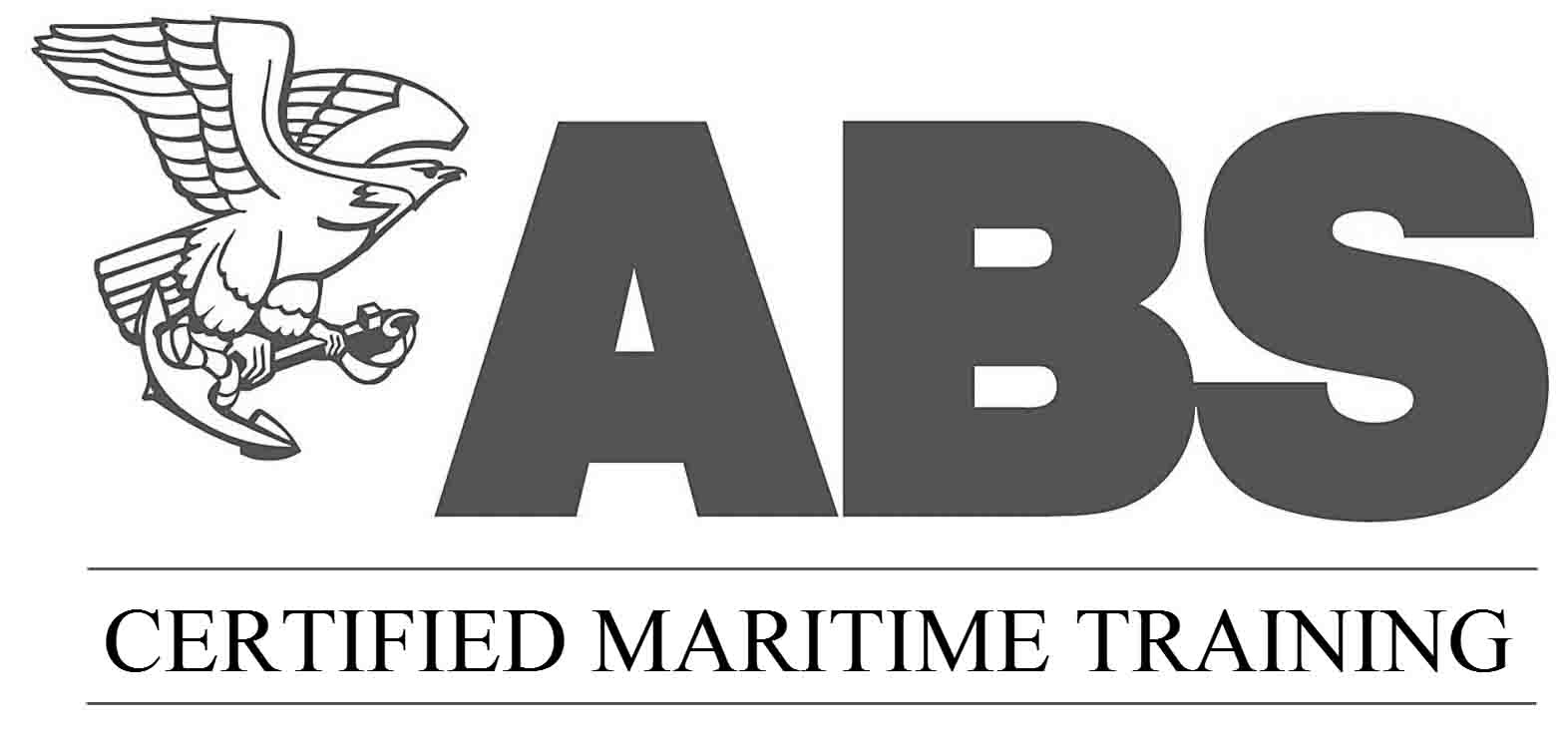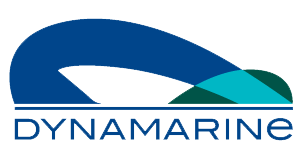Are STS Operations between Ocean-going tankers and FSUs/ FPSOs considered Ship-to-Ship Transfers?
10-02-2025
Each year, approximately 10,000 commercial STS operations occur between ocean-going oil tankers, either at anchor or while underway. These high-risk operations require shipowners to conduct comprehensive risk assessments, following their STS Plan and the latest OCIMF STS guidelines. However, a key question arises: How do STS operations between oil tankers at anchor compare to those involving an FSU or FPSO, where the tanker berths alongside a stationary unit?
From a shipowner's and Master's perspective, every STS operation is unique, requiring tailored risk mitigation measures as outlined in the STS Plan. However, from the FSU or FPSO standpoint, STS operations remain largely uniform, taking place at the same fixed location, under consistent weather conditions, and using standardized mooring configurations.
Regulatory Framework and Exemptions
STS operations fall under MARPOL Annex I, Chapter 8, which defines STS transfers as the movement of oil cargo between oil tankers at sea (Regulation 40-1). However, Regulation 40-2 of IMO Resolution MEPC 186(59) explicitly excludes FPSO and FSU operations from this definition, stating: "The regulations contained in this chapter shall not apply to oil transfer operations associated with fixed or floating platforms including drilling rigs; floating production, storage and offloading facilities (FPSOs) used for offshore production and storage of oil; and floating storage units (FSUs) used for the offshore storage of produced oil."
This exclusion is based on several key operational and regulatory considerations:
1. Different Operational Nature
Unlike ocean-going tankers, which conduct STS operations at sea, FSUs and FPSOs are stationary structures. These floating units serve long-term oil storage and processing purposes, making their risks and operational needs distinct from those of mobile tankers performing STS transfers.
2. Alternative Regulatory Oversight
While STS between tankers is governed by MARPOL Annex I, Chapter 8, FPSOs and FSUs are already subject to strict regulations under MARPOL Annex I, Chapter 7 and UNCLOS Article 56, which oversee offshore activities within an Exclusive Economic Zone (EEZ). This alternative regulatory framework provides tailored safety and environmental protection measures for offshore installations.
3. Controlled and Regulated Environment
STS between oil tankers occurs in open waters, requiring strict oversight due to the dynamic nature of maneuvering and mooring. FSUs and FPSOs, on the other hand, operate in a controlled environment, with permanent infrastructure, spill containment systems, and emergency response protocols in place.
4. Risk Differentiation
STS between two moving tankers involves complex navigation, alignment, and connection procedures, increasing the likelihood of collision or mooring failure.
STS with an FSU or FPSO, however, involves a stationary storage unit, significantly reducing navigational risks while introducing structural integrity concerns.
5. Economic and Operational Considerations
FPSOs and FSUs are critical offshore assets that support continuous oil production and storage. Subjecting them to STS-specific MARPOL regulations would create operational inefficiencies without delivering significant additional safety benefits.
Tangible Similarities: Tanker-to-Tanker vs. Tanker-to-FSU/FPSO
Before an STS operation between two sea-going tankers, each vessel must comply with MARPOL Annex I, Chapter 8, ensuring an approved STS Operations Plan is onboard, along with necessary permits and authorizations. A Joint Plan of Operation (JPO) must be agreed upon, and a detailed risk assessment should address navigational, operational, and environmental risks. The crew must be trained, briefed, and safety protocols reviewed, while mooring, fenders, hoses, and emergency shutdown systems must be inspected. Clear communication channels between all stakeholders must be established, and cargo transfer preparations finalized before a final risk assessment confirms readiness.
In STS operations involving an FSU, similar preparedness requirements apply to the ocean-going tanker, in compliance with the ISM Code, Section 1.2.2.2. However, the FSU or FPSO does not need to prepare mooring gear or STS equipment, as these are permanently installed. Instead, FSUs and FPSOs follow standardized operational policies outlined in their Marine Operations Manual, which visiting tankers must comply with.
One area where STS operations between ocean-going tankers and FSUs/ FPSOs align is in the commercial preparedness required by charterers. Just as charterers must obtain prior "clearance" for STS operations between ocean-going tankers from the shipowner, they are also required to secure written consent before engaging with fixed units like FSUs and FPSOs. This clearance process enables the shipowner to assess the nominated tanker, FSU, or FPSO, ensuring its suitability for the STS operation. Unless the written acceptance of the shiowner is granted to the charterer, the STS operation can not take place. In this respect, both STS operations are identical.
Operational Comparison: Tanker at Anchor vs. FSU/FPSO STS
Mooring & Maneuvering
- In an STS with an anchored tanker, one vessel remains stationary, while the other must maneuver carefully to avoid yawing due to sudden weather changes.
- In an STS with an FSU or FPSO, the tanker must align precisely with predefined mooring positions, ensuring mooring loads do not exceed structural limits.
Regulatory Compliance
- STS between tankers follows MARPOL Annex I, Chapter 8, requiring shipowners to meet flag and port state approvals.
- FSU or FPSO STS operations follow Marine Operations Procedures, independent of MARPOL Chapter 8 STS requirements.
Risk Assessment Considerations
- Both STS events should adhere to OCIMF STS ANNEX K Guidelines for Risk Management
- Anchored tankers face risks related to tidal effects, anchor stability, and maneuvering hazards.
- FSUs, however, are permanently moored, with risk assessments focusing on environmental exposure and long-term spill prevention.
Mooring Setup
- Anchored tankers adjust mooring dynamically, responding to changing weather and sea conditions.
- FSUs have fixed mooring points and fendering arrangements, requiring visiting tankers to adapt to a predetermined setup.
Cargo Transfer Process
- Anchored tankers use manually deployed STS hoses, adjusting transfer rates based on sea conditions.
- FSUs utilize permanent hose connections, providing a more controlled, shore-terminal-like cargo transfer operation.
Emergency Response Measures
- Anchored tankers require emergency breakaway procedures and may need to reposition if weather deteriorates.
- FSUs integrate an Emergency Shutdown (ESD) system, ensuring a safe disconnection without causing damage to hoses or structural components.
Conclusion
While STS operations with FSUs and FPSOs are excluded from MARPOL Annex I, Chapter 8, they closely resemble traditional STS operations between ocean-going tankers, particularly when one is at anchor. Both scenarios demand thorough risk assessments, crew preparedness, and adherence to operational protocols. The main distinction lies in the fixed infrastructure of FSUs and FPSOs, which removes the need for mooring preparations but introduces new compliance obligations under offshore regulations.
From a shipowner's and Master's perspective, the STS process remains fundamentally the same, with the visiting tanker responsible for risk assessments, safety briefings, and compliance with ISM Code Section 1.2.2.2. However, FSUs and FPSOs provide a more controlled transfer environment, reducing navigational risks while maintaining strict operational procedures.
Although regulatory frameworks differ, the operational risks, safety concerns, and procedural requirements align with Annex K of the latest OCIMF STS Guidelines. As such, STS operations with FSUs and FPSOs should be managed with the same diligence as conventional STS transfers, ensuring safety, efficiency, and environmental protection.
In case you have any question please email us: info@dynamarine.com



